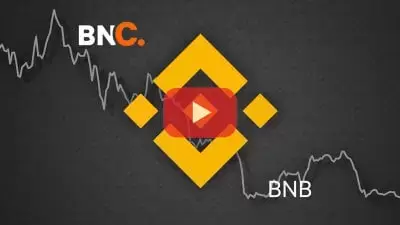 |
|
 |
|
 |
|
 |
|
 |
|
 |
|
 |
|
 |
|
 |
|
 |
|
 |
|
 |
|
 |
|
 |
|
 |
|
Cryptocurrency News Articles
Tether, Circle, and the Stablecoin Showdown: What's Next?
Jul 19, 2025 at 03:17 pm
Tether's US stablecoin launch and Circle's compliance-first strategy heat up the stablecoin race. Get the inside scoop on the future of digital dollars.

Tether, Circle, and the Stablecoin Showdown: What's Next?
The stablecoin landscape is heating up! With Tether planning a U.S.-specific stablecoin and Circle doubling down on compliance, it's a wild west of digital dollars. What does it all mean? Let's break it down.
Tether's Bold Move: A U.S. Stablecoin is Coming
Tether is diving headfirst into the U.S. market with plans to launch a brand-new stablecoin specifically designed for American users. CEO Paolo Ardoino says this move comes alongside efforts to bring their existing stablecoin, USDT, into full compliance with the GENIUS Act via a "foreign issuer" pathway. This dual-track approach marks Tether’s first official commitment to direct U.S. market participation under the new regulatory framework.
Ardoino emphasized that this initiative includes strict anti-money laundering measures and comprehensive audits of Tether's reserves. They've got a three-year timeline to meet all requirements, and they're approaching it with, as he says, “precision and dedication.” He envisions USDT primarily facilitating cross-border remittances, while the new U.S.-based stablecoin will cater directly to domestic users. Looks like Tether is ready to rumble!
Circle's Confidence: Compliance is King
Meanwhile, Circle, the company behind USDC, seems pretty chill. CEO Jeremy Allaire welcomed the GENIUS Act, seeing it as validation of Circle's long-standing strategy to operate transparently under U.S. regulations. Allaire emphasizes that Circle has already built trust with leading institutions thanks to its rigorous reserve procedures and public audits.
The GENIUS Act, requiring stablecoins to be backed by cash or short-term Treasuries and undergo yearly audits, is practically Circle’s business model already. Circle views this as strengthening their position in the market as the world shifts from offshore crypto to legal, regulated digital dollars.
The Ripple Effect: XRP and the Stablecoin Narrative
And what about XRP? It seems there was some confusion recently. Crypto attorney John Deaton clarified that XRP itself isn't competing with stablecoins like USDC. Instead, Ripple, the company that uses XRP in some of its solutions, competes with Circle in the fintech space. Ripple's entry into the stablecoin market is RLUSD, its newly introduced asset. Remember when Ripple and Circle were in acquisition talks? Different functions, different markets.
My Take: The Future is Regulated (and Competitive)
Here's my two cents: The GENIUS Act is a game-changer. It’s pushing everyone towards transparency and compliance. While Tether faces a bigger challenge in adapting to these new rules, Circle is already playing the game. This increased regulation will likely boost confidence in stablecoins and accelerate their adoption. As more companies enter the stablecoin arena and comply with the GENIUS Act, we can expect to see a more competitive and innovative landscape. It's like a digital dollar arms race, and we're all watching it unfold!
What does this mean?
For Tether, launching a U.S.-specific stablecoin and bringing USDT into compliance represents both a challenge and an opportunity. For Circle, the law is seen as confirmation of its compliance-first approach.
So, what's the takeaway? The stablecoin market is about to get a whole lot more interesting. Buckle up, because the future of digital dollars is looking brighter (and more regulated) than ever!
Disclaimer:info@kdj.com
The information provided is not trading advice. kdj.com does not assume any responsibility for any investments made based on the information provided in this article. Cryptocurrencies are highly volatile and it is highly recommended that you invest with caution after thorough research!
If you believe that the content used on this website infringes your copyright, please contact us immediately (info@kdj.com) and we will delete it promptly.





























































